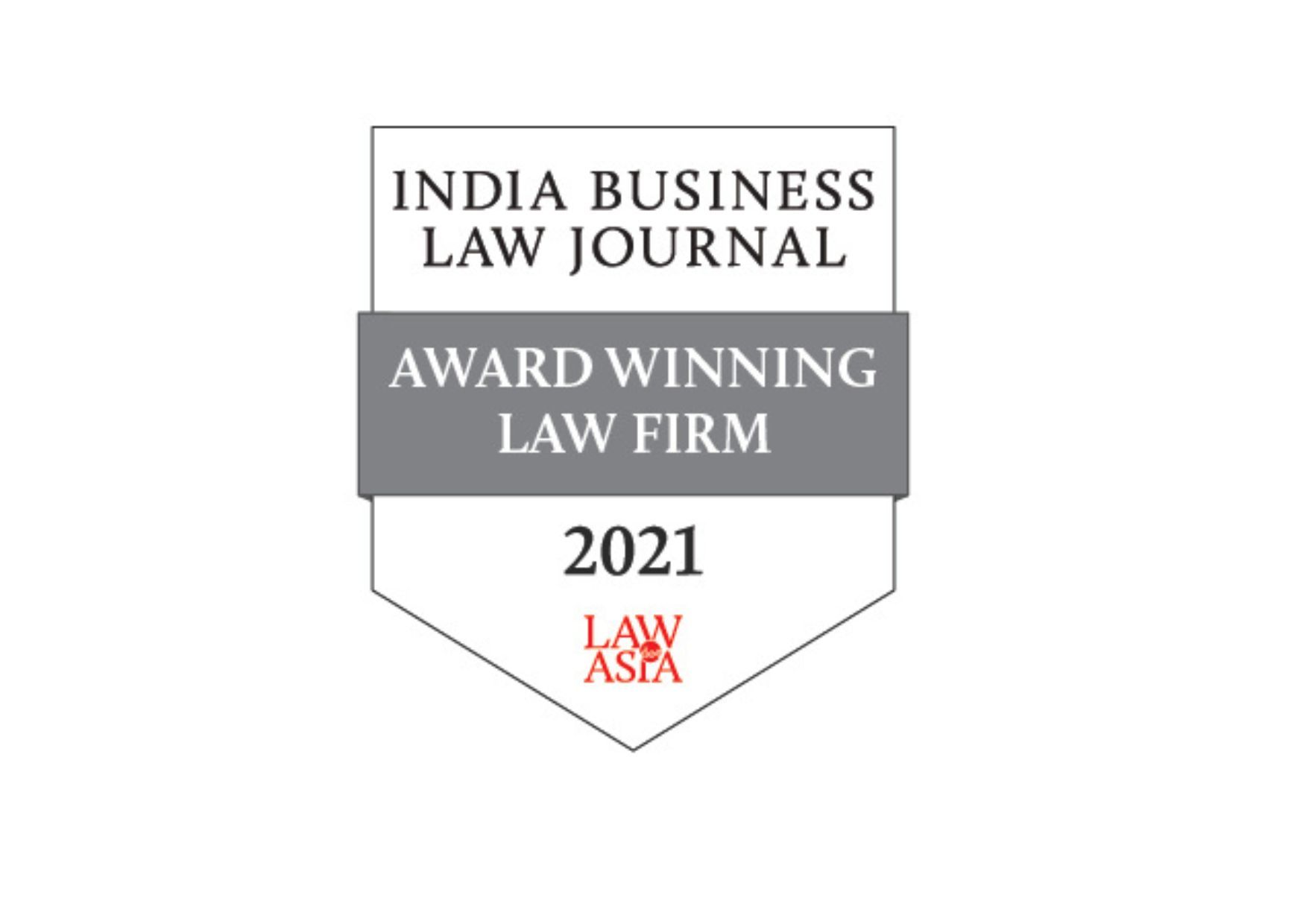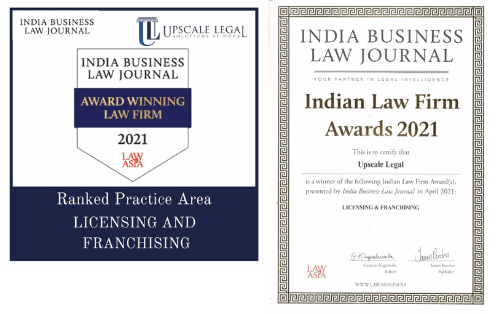Author – By Dikshita Damodaran
INTRODUCTION
- The traditional understanding of the word “trademark” in the minds of the average consumer is that it is a visual mark which differentiates between two products. However, as the technology and marketing strategies grow more complex, the traditional understanding trademark must grow along with them. The use of sounds/ jingles in advertisements and products makes it abundantly clear that products compete not in only in terms of visual indications but also sounds and other senses. Having invested in creating a different sound and having used that sound to differentiate between two products, it is only logical for the producer to want to own and protect the trademark of the sounds. This article intends to look at the regime of the trademarks laws in India and whether sounds and smells can be trademarked.
Registration of Sounds as Trademarks in India
The starting point of such analyse is the definition clause under Indian Trademark Act, 1999 (hereinafter “the Act”). According to the Act, trademark means “a mark capable of being represented graphically and which is capable of distinguishing the goods or services of one person from those of others and may include shape of goods, their packaging and combination of colours.“1 In order to constitute a trademark, there are two requirements. Firstly, it must be capable of being represented graphically. Secondly, it must be capable of distinguishing the goods or services of one person from those of others. This definition does not per se exclude sound and smells marks. In fact, the definition makes no reference to sound or smell or any other unconventional mark. So, just from this definition, it is still unclear that whether sounds can be registered as trademark.
However, a reference to Trade Mark Rules, 2017 (hereinafter “the Rules”) makes this definitional ambiguity abundantly clear. In particular a reference need to be made to Rule 26, Sub rule 5 of the Rules, which is as follows “where an application for the registration of a trademark consists of a sound as a trademark, the reproduction of the same shall be submitted in the MP3 format not exceeding thirty seconds’ length recorded on a medium which allows for easy and clearly audible replaying accompanied with a graphical representation of its notations.“2
This rules makes it clear beyond doubt that the sounds can be trademarked under the Rules. The only requirements are that a MP3 format recording be submitted along with the graphical representation of its notations. Some of the more notable sound marks registered so far are the theme song of National Stock Exchange, corporate jingle of ICICI Bank, guitar notes on switching on the device of Nokia etc.3
So far no case law has been decided on this matter by Indian Courts. For jurisprudence, we must look to international cases and other jurisdictions. The landmark case of Shield Mark BV v. Joost Kishodn Memex is to be taken into account.4 The court held that the sound marks were registrable but the requirement of graphical representation along with distinctiveness of sound had to be met with.5
Registration of Smell as Trademarks in India
Further, moving beyond the sound marks in Indian Intellectual Property Law, it becomes pertinent to analyse the positions of smell marks as registrable trademarks. While it is true that the definition does not exclude smell marks per se similar to how it did not exclude sound marks, smell marks run into a difficulty when it comes to being graphically represented. The written description of a smell is not sufficiently clear. Again reference can be made to the widely accepted European Court of Justice precedent of Ralf Sieckmann v. Deutsches Patent und Markenam.6
The case involved a “methyl cinnamate” scent, which the applicant had described “as balsamically fruity with a slight hint of cinnamon”. The ECJ ruled that (a) a chemical formula stated only the substance and not the odour of the substance and was not sufficiently intelligible, nor sufficiently clear and precise; (b) a written description was not sufficiently clear, precise and objective; and (c) a physical deposit of a sample of the scent did not constitute a graphic representation, and was not sufficiently stable or durable. On these grounds, the ECJ found that smells cannot be trademarked. On the other hand, the case law of United Kingdom7 and United States of America8 shows that smells can be trademarked.
However, this discussion of smell marks is largely theoretical as to date no application of a smell mark has been made to the Registry of Trademarks.9 Moreover, the draft manual of Trade Marks follows the Sieckmann decision and asserts that smell marks are incapable of being graphically represented and consumers of such fragranced goods are unlikely to attribute the origin of the products to a single trader based on the fragrance.10 Again, emphasis must be laid that this is a draft manual with no binding/ precedential value. The true position of law can only be known once an application is made, rejected and the matter litigated to the Supreme Court.
Conclusion
The Indian Intellectual Property Law has readily accepted sound mark as valid trade mark, capable of registration and protection. The same law has been reluctant to accept smell marks as valid trade mark. This discrimination between two non-conventional trademarks based on the international precedents must be reconciled and the Trade Mark Rules, 2017 must be amended to reflect the registration for all kinds of non-conventional trademarks.
Footnotes
1 S. 2(zb) of the Trademark Act, 1999.
2 Sub rule 5, Rule 5 of the Trade Marks Rules, 2017.
3 Lubna Kably, JINGLES AND CHIMES CAN MAKE TRADEMARK NOISE, Times of India (Mar 27 2017), available at http://timesofindia.indiatimes.com/articleshow/57845491.cms?utm_source=contentofinterest&utm_medium=text&utm_campaign=cppst.
4 Shield Mark BV v. Joost Kishodn Memex, Case No. C-283/01.
5 Mishra Neha; Registration of Non Traditional Trademark; Journal of Intellectual Property Rights, Vol 13, January 2008, pp 43-50; available at http://nopr.niscair.res.in/bitstream/123456789/407/1/JIPR%2013%281%29%20%282008%29%2043-50.pdf
6 Case C-273/00, 2003 E.T.M.R. 37.
7 Venootschap onder Firma Senta Aromatic Marketing’s Application, [1999] ETMR 429.
8 USPQ 2d 1238 (1990) (TTAB), also referred in Susan Binsy, Recent Developments in Non Traditional Trademarks – Part 2, http://www.manupatra.com (21 November 2006).
9 Harshada Wadkar, Non-Conventional Marks, Lexology (March 29 2019), available at https://www.lexology.com/library/detail.aspx?g=4339efff-eba0-4339-a5f9-47f2d72ae7d1.
10 IP India, A draft of Manual of Trade Marks: Practice & Procedure pg. 86-87 (March 2015), available at https://ipindia.gov.in/manual-tm.htm.
The content of this article is intended to provide a general guide to the subject matter. Specialist advice should be sought about your specific circumstances.



